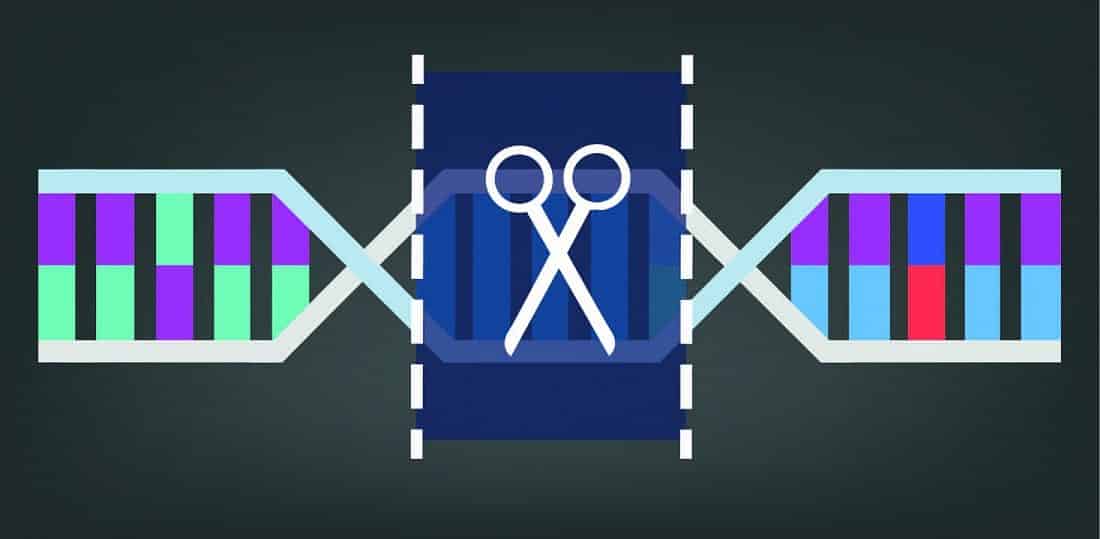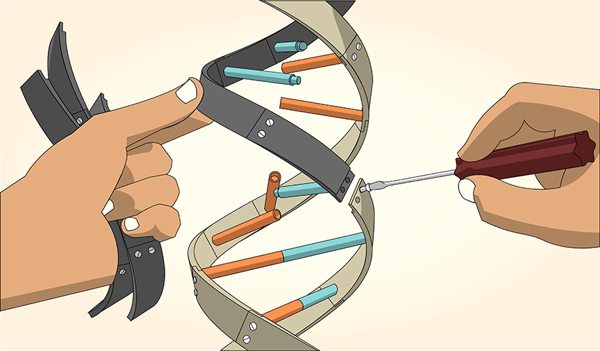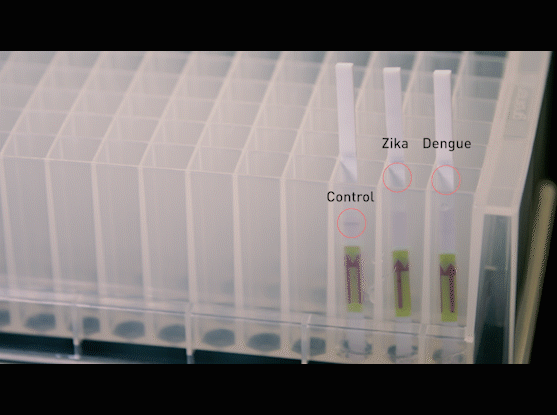Cousin SHERLOCK Could Edge-Out CRISPR to Become the Next Rage in Biology
You’d think it would be challenging, if not impossible, to scale up or better a technology like CRISPR- the gene editing system is more or less the Elvis Presley of biological research. But nope! Scientists at the Broad Institute, MIT, and Harvard who debuted a more sophisticated CRISPR-based diagnostic tool last year are now back with an enhanced version after spending the last 10 months obsessing over bettering it.
The “Specific High Sensitivity Enzymatic Reporter Un LOCKing,” aka “SHERLOCK” is a gene sleuth in the realm of atto (the little known tenant residing at the far end of the decimal point- 10-18).
The diagnostic tool can detect attomolar levels of viruses in a sample and also distinguish Zika from its close relative, dengue. This exquisitely sensitive and specific tool promises to help detect diseases that other diagnostics miss, and it’s simple and cheap to use. Unlike CRISPR-cas9, which works with a cas protein called “Cas 9,” SHERLOCK works with a Cas relative discovered about a year ago, Cas 13a. It works with RNA, unlike Cas9, which targets DNA.
The latest version of this super-awesome tool has better sensitivity and can
quantify the amount of the virus or mutation in the sample. Even with the improvements, the team’s research demonstrated that they were able to maintain the original version’s rapid performance and inexpensive cost.SHERLOCK’s second iteration also uses an additional CRISPR-associated enzyme to amplify its detection signal, making the tool more sensitive than its predecessor. “With the original SHERLOCK, we were detecting a single molecule in a microliter, but now we can achieve 100-fold greater sensitivity,” explained co-first author Omar Abudayyeh, an MIT graduate student in Zhang’s lab at Broad. “That’s especially important for applications like detecting cell-free tumor DNA in blood samples, where the concentration of your target might be extremely low. This next generation of features help make SHERLOCK a more precise system.”
The tool has now advanced to indicating results through a miniature paper strip test that can be visualised with the naked eye instead of expensive equipment. When dipped into a processed sample, the strip shows a line that indicates the presence or absence of a molecule. This new capability is expected to lead to field use of the test, including during an outbreak.

Broad Institute core institute member Feng Zhang said: “SHERLOCK provides an inexpensive, easy-to-use, and sensitive diagnostic method for detecting nucleic acid material – and that can mean a virus, tumour DNA, and many other targets.
“The SHERLOCK improvements now give us even more diagnostic information and put us closer to a tool that can be deployed in real-world applications.”

The unsung hero in the deal is the CRISPR-associated protein called Cas13, to which SHERLOCK owes its success. The protein can be programmed to bind to a specific piece of RNA. Cas13’s target can be any genetic sequence, including viral genomes, genes that confer antibiotic resistance in bacteria, or mutations that cause cancer.
In certain circumstances, once Cas13 locates and cuts its specified target, the enzyme goes into overdrive, indiscriminately cutting other RNA nearby. To create SHERLOCK, the team harnessed this “off-target” activity and turned it to their advantage, engineering the system to be compatible with both DNA and RNA.

SHERLOCK’s diagnostic potential relies on additional strands of synthetic RNA that are used to create a signal after being cleaved. Cas13 will chop up this RNA after it hits its original target, releasing the signaling molecule, which results in a readout that indicates the presence or absence of the target.
“The new paper readout for SHERLOCK lets you see whether your target was present in the sample, without instrumentation,” said co-first author Jonathan Gootenberg, a Harvard graduate student in Zhang’s lab as well as the lab of Broad core institute member Aviv Regev. “This moves us much closer to a field-ready diagnostic.”
The team envisions a wide range of uses for SHERLOCK, thanks to its versatility in nucleic acid target detection. “The technology demonstrates potential for many health care applications, including diagnosing infections in patients and detecting mutations that confer drug resistance or cause cancer, but it can also be used for industrial and agricultural applications where monitoring steps along the supply chain can reduce waste and improve safety,” added Zhang.
































